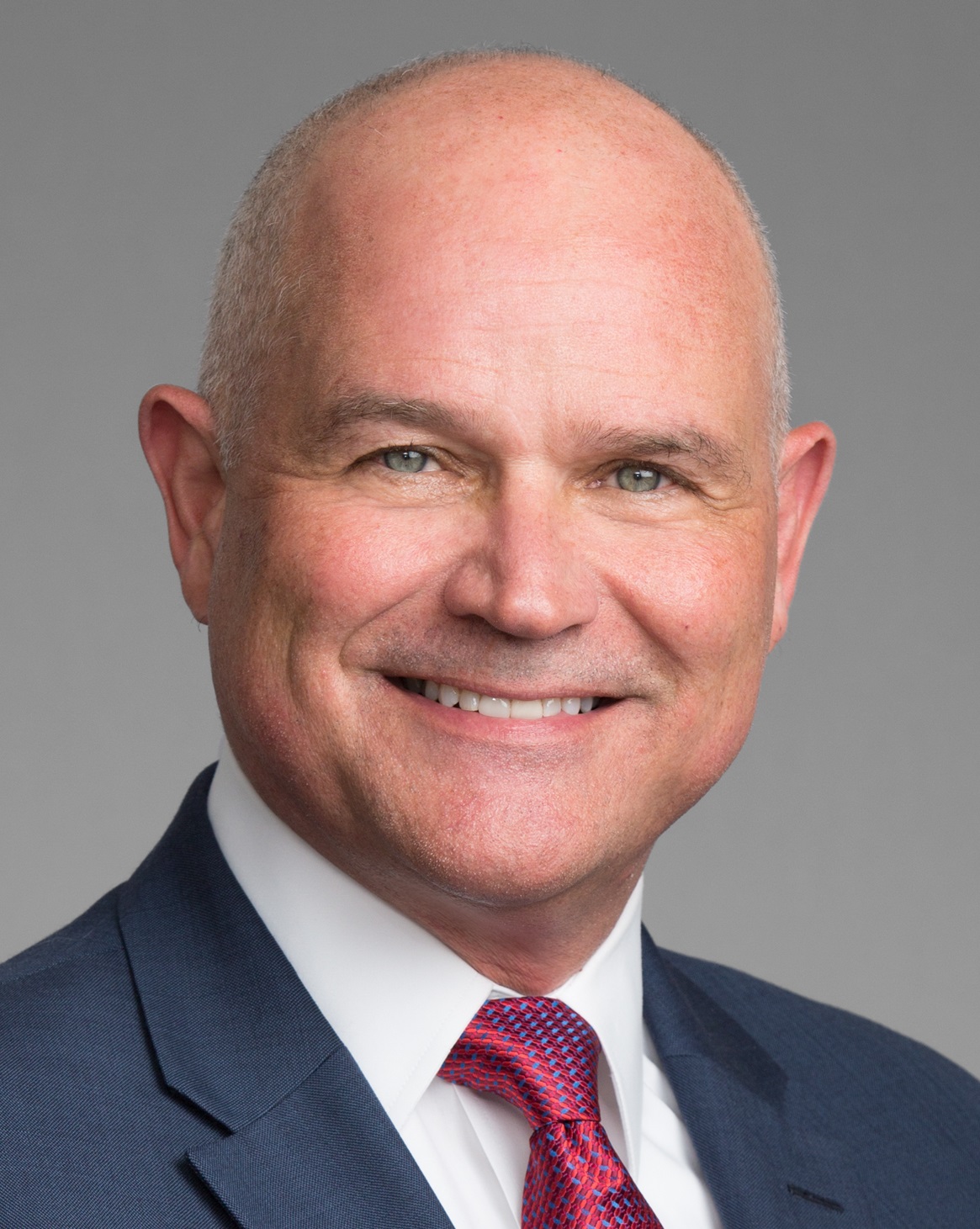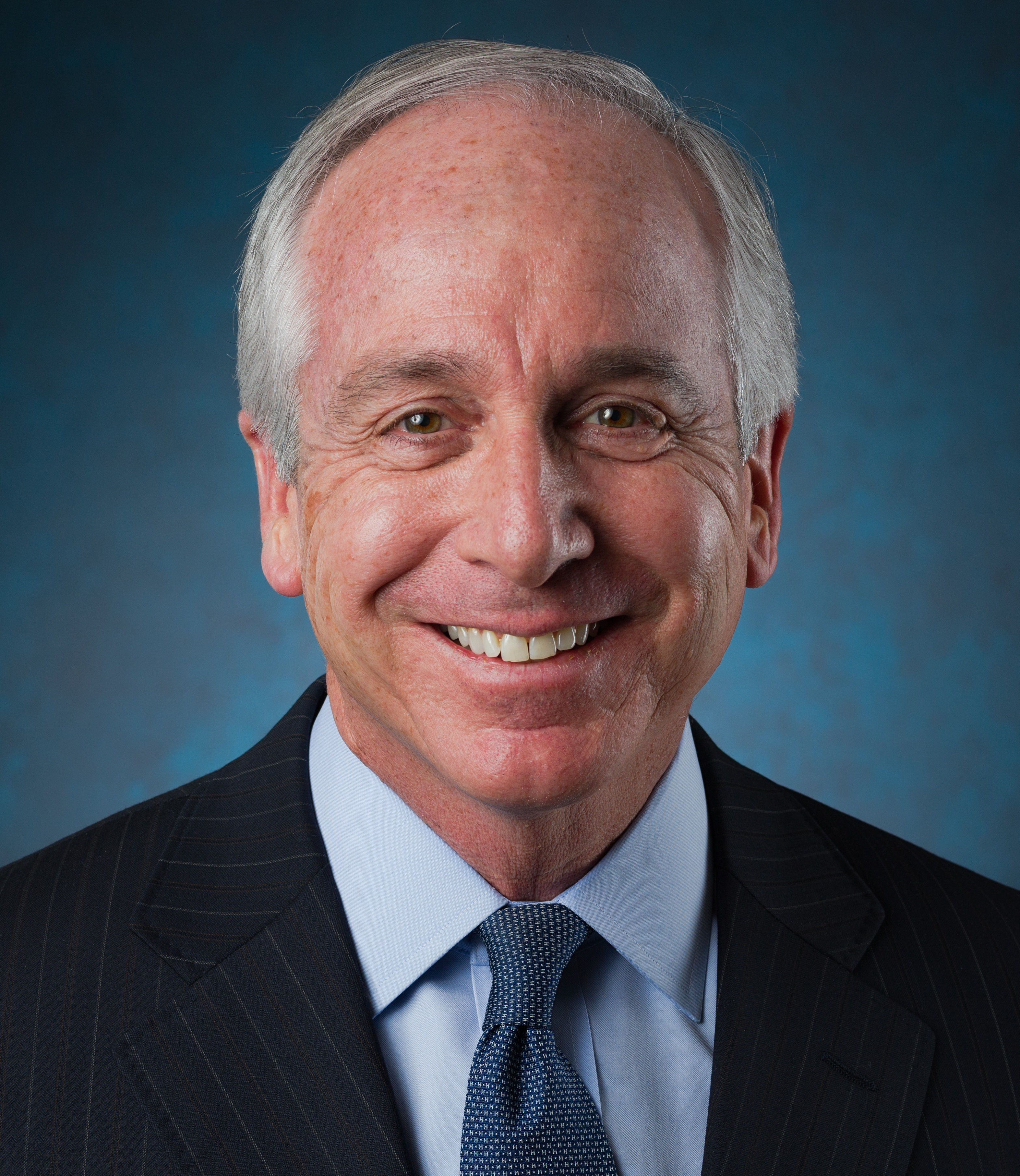According to Protiviti’s most recent Top Risks survey, succession planning is among leaders’ top concerns. At the same time, another survey conducted by Robert Half among chief financial officers (CFOs) only shows a startling 48% of them had not identified their own successors. Of those, 64% cited their own intentions to stay in their current positions as their rationale for not prioritizing succession planning. Running contrary to this justification, C-suite turnover rates are on the rise, and CFO tenures of over ten years are becoming a rarity. Thus, the rationale of those 64% is not supported by current trends.
To put it bluntly: In an atmosphere of abbreviated tenures, many finance leaders are not devising succession plans – even when they know that organizational change can happen overnight, for any number of reasons.
Leaders are motivated and expressly compensated to help ensure long-term success for their organizations, to devise and execute forward-thinking strategy, and to model the kind of loyalty they hope for from their teams. It logically follows that they would work to ensure smooth transitions within the management teams of their own organizations. Best practices suggest leaders begin grooming and training successors a year or more before any planned departure. But in our increasingly dynamic times, a horizon of a year or more for a planned departure is often a luxury.
Among leaders who do engage in responsible succession planning, there’s a growing sense that the conventional approaches are no longer working. Typically, organizations would identify and groom successors for each significant management position. Identifying successors in advance would bring high-value employees into focus for more intensive development and create opportunities to analyze these individuals’ strengths and weaknesses in greater depth. But now, shorter employment tenures and intense competition for the best talent are forcing leaders to adapt their succession planning approaches.
Thinking Outside the Proverbial Box
In an earlier, more predictable business climate, management teams generally focused on improving internal structures, processes and systems, as well as on managing performance variability. Because stable, predictable markets are now a thing of the past, today’s leaders are compelled to dedicate as much, or even more, attention to external market developments as they do to internal activities. Market globalization, rapid technological innovation and a shifting regulatory landscape drive swift changes that impact business strategies and models. Even though internal process performance issues remain important, reinvention and innovation are even more relevant today.
Organizations today are initiating or reacting to disruptive change as part of routine business operations. Leaders are inclined to believe that new thinking can be injected into the enterprise from outside their companies; perhaps even outside their industries. (Google’s current CFO, Ruth Porat, was the CFO for financial giant Morgan Stanley prior to joining Google in 2015). It’s a given that firms will seek relevant technical knowledge in their succession candidates, but top candidates will also demonstrate leadership and vision, and an ability to innovate and evolve (if not overhaul) finance and accounting functions to bring a company into the future.
Finding and Securing the Perfect Successor
The good news is there are simple approaches to augment and expand succession planning, so that the often-unavoidable departures of high-potential candidates don’t unravel development and performance efforts.
First, leaders can expand their professional networks. The dynamic pattern we see in careers today should encourage leaders to build a succession plan that includes external candidates. Many talented resources are contributing via the gig economy; others are changing employers more frequently as they seek to accelerate their own growth. Career patterns like these are driving succession planning efforts beyond organizational boundaries.
The key to identifying and nurturing external succession candidates is maintaining a vital network. Participate in professional groups, and network both online and in person. Track high-potential professionals who are former employees, especially if they demonstrated promise while with the company. Keep in touch, for example, with talented people who exited the organization before it could present the right growth opportunity. Perhaps a good former employee will be two or three positions further on in their professional progress, and their early potential is now paired with the experience and skills to competently replace today’s senior controller.
Second, leaders can identify more than one internal successor per role; some organizations develop succession plans that are several layers deep. Potential successors and their employers alike benefit from the extra focus on their development.
Third, a relationship with a trusted external partner can secure rapid access not only to well-prepared successors, but also to guidance about designing resilient organizations. A well-chosen trusted partner can also provide the resources, skills and capabilities organizations will need at times of unanticipated turnover and change. As significant networkers themselves, such partners deliver a multiplier effect to the networks of the people who know them.
Apart from stability, another gift that a flexible, well-tended succession plan provides is this: Taking note of high-potential candidates, both internal and external, ensures these candidates have opportunities to grow their skills and experience. The extra attention to their professional trajectory conveys the message of a bright future, while ensuring each leader’s own success.
Read additional posts on The Protiviti View related to Succession Planning.






